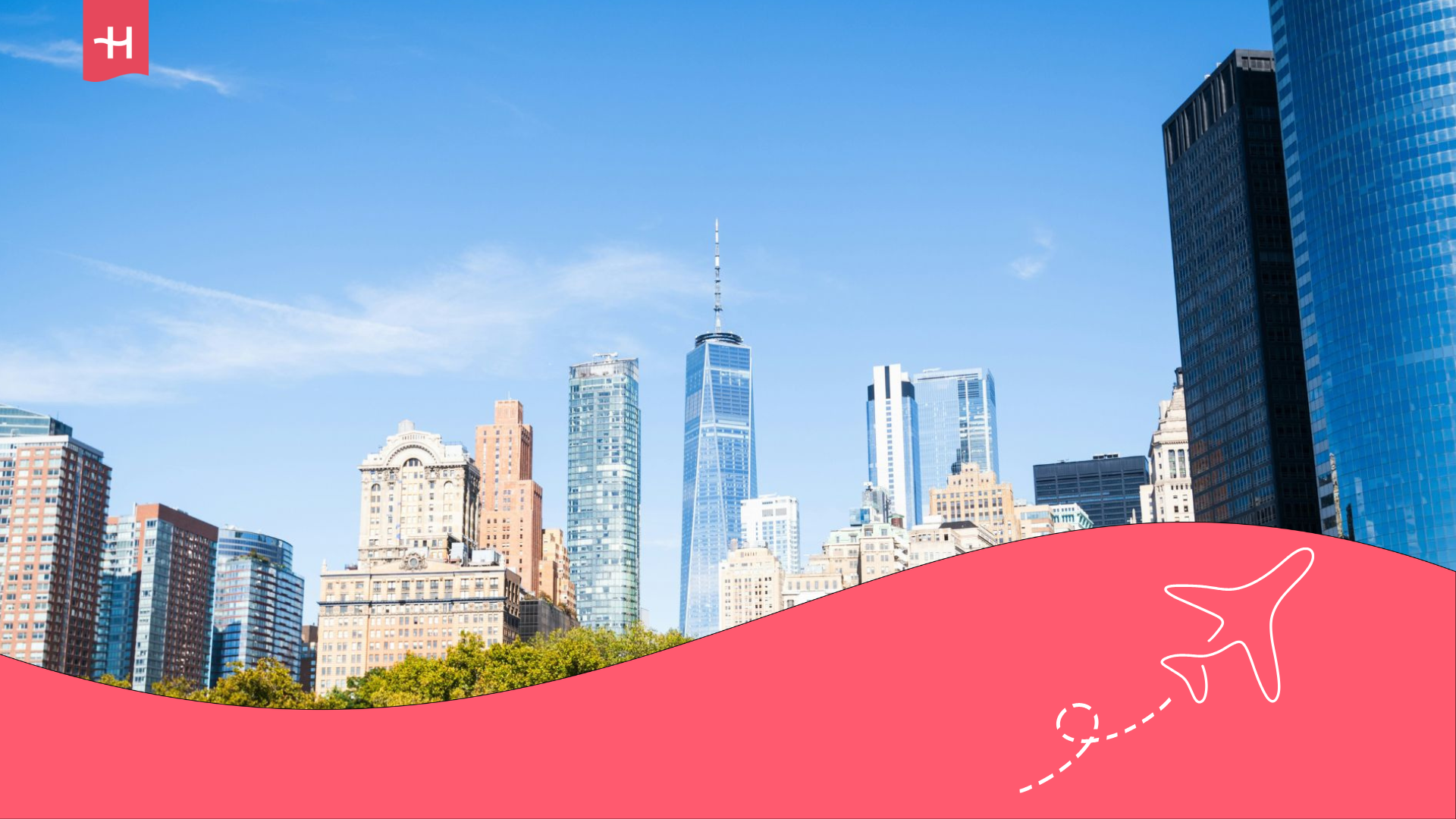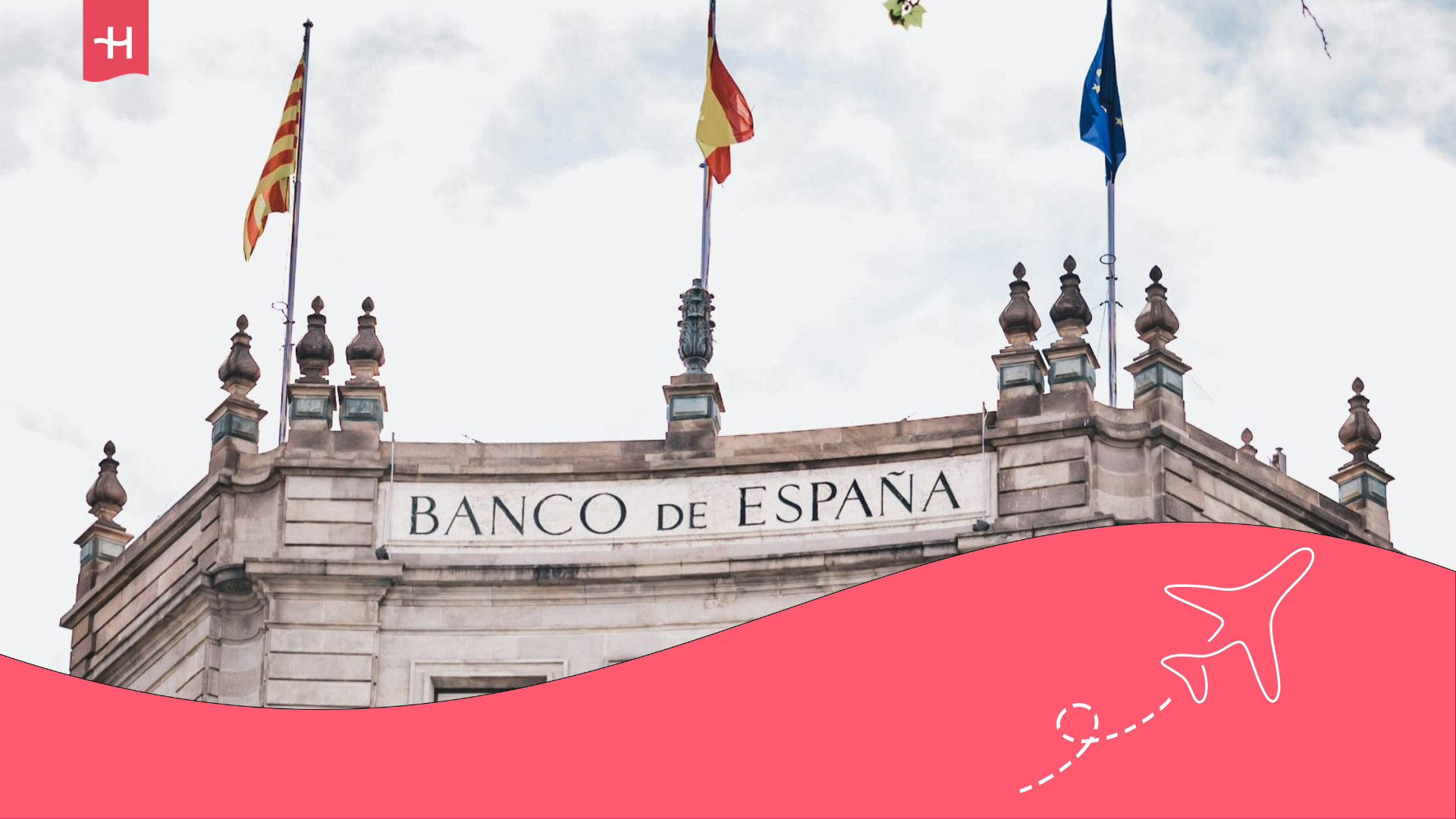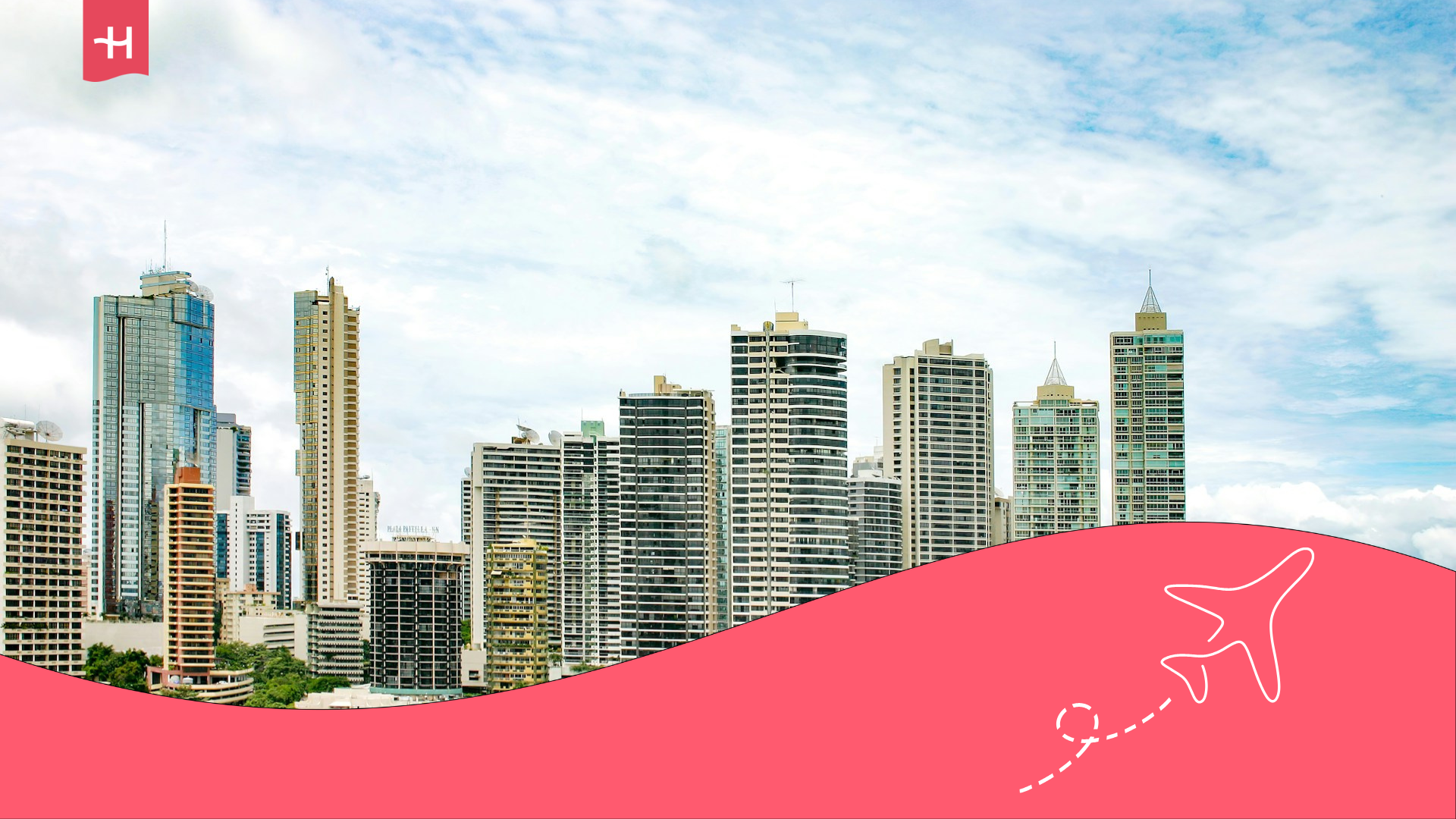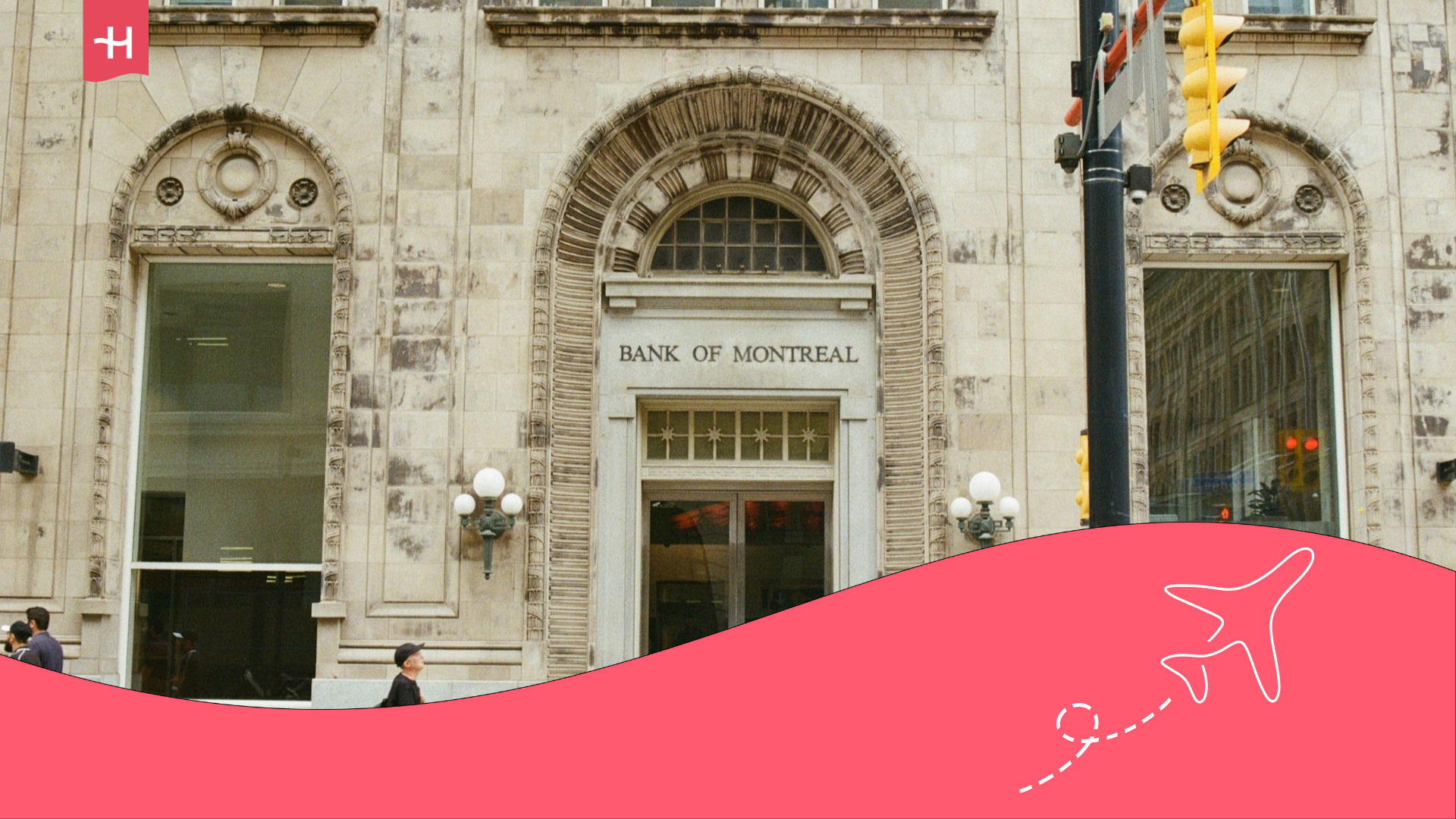Cost of living in Malaysia: Food, transport, and more
Malaysia’s cost of living is one of the lowest in Southeast Asia, attracting digital nomads and students seeking affordability
Southeast Asia has become a magnet for travellers, students and digital nomads seeking balance between lifestyle quality and budget. Within this map, Malaysia stands out as one of the most appealing countries: modern, multicultural and more affordable than nearby Singapore. Best of all, the cost of living in Malaysia surprises many with its balance.
Cities like Kuala Lumpur offer world-class infrastructure, efficient transport and amazing gastronomy at very low prices compared with Western capitals. Meanwhile, destinations like Penang or Johor Bahru combine tradition, beaches and urban life without inflating the budget.
In this article you’ll discover how much it costs to live in Malaysia in 2025. We’ll help you calculate expenses on housing, food, transport, healthcare, connectivity and leisure so you can prepare for your arrival and make the most of your budget.
Accommodation in Malaysia: What to expect by city
Accommodation is one of the biggest parts of the cost of living in Malaysia, although still cheaper than most of Europe or the United States. Location makes the difference: Kuala Lumpur, the capital and financial centre, has the highest prices, while Penang, Johor Bahru or Malacca offer cheaper options with great quality of life.
In Kuala Lumpur, expats usually choose apartments in areas like Bukit Bintang, Mont Kiara or Bangsar, where modern condos include facilities like pool, gym and security. In Penang, alongside condominiums, colonial houses restored as apartments are also common.
For digital nomads, Johor Bahru has become a strategic destination because of its proximity to Singapore: many work there but live in Malaysia, where living costs are lower.
In short, Malaysia offers a wide variety of housing, from affordable luxury condos to simple apartments in less touristy areas. The key is choosing the right city and finding suitable accommodation.
1- Furnished apartments in Malaysia
Furnished apartments are the most practical choice for expats, students and digital nomads staying several months in Malaysia. Most are in residential condominiums, with basic furniture (bed, sofa, table, appliances) plus extra facilities like pool, gym, shared laundry and 24-hour security.
- A one-bedroom furnished apartment in central Kuala Lumpur, like Bukit Bintang or Mont Kiara, costs $600–850 (≈€560–790) monthly. In residential areas like Cheras or Wangsa Maju, prices drop to $400–550 (≈€370–510).
- In smaller cities, such as Penang or Malacca, one-bedroom apartments start at $300 (≈€280) per month. Two-bedroom units range $450–600 (≈€420–560).
- In Johor Bahru, due to demand from commuters to Singapore, prices are slightly higher, around $500–700 (≈€465–650).
A major advantage of furnished apartments in Malaysia is that many contracts include basic services like condominium maintenance and sometimes internet. This makes adaptation much easier for newcomers.
Cost of living in Malaysia: Renting via Airbnb
Airbnb is a flexible alternative for those staying weeks or a few months, avoiding long contracts and high deposits. The offer ranges from modern studios in Kuala Lumpur to restored colonial houses in Penang.
- A studio in Kuala Lumpur costs $800–1,200 (≈€750–1,115) monthly, with utilities included. In peripheral districts, prices fall to $600–800 (≈€560–750).
- In Penang, especially George Town, complete apartments cost $500–700 (≈€465–650). Residential areas outside the centre start at $400 (≈€370).
- In Johor Bahru, Airbnb monthly rentals range $650–900 (≈€600–840), slightly higher due to Singapore proximity.
The main advantage over furnished apartments is flexibility: no contracts or deposits required, and hosts often offer discounts for 28+ days. Many include condo facilities like pool, gym or coworking areas.
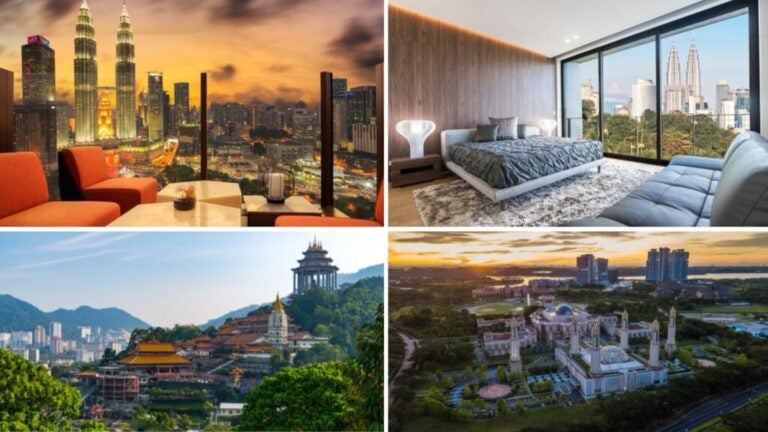
Coliving in Malaysia: A digital nomad alternative
Coliving options in Malaysia have grown with the arrival of digital nomads, entrepreneurs and international students. This concept means private rooms inside buildings with shared areas (kitchens, coworking, gyms, terraces), fostering community living.
- Kuala Lumpur has the largest coliving supply. Options like Co-Liv KL and Komune Living cost $450 (≈€420) monthly for a single room to $800 (≈€750) for private suites. Facilities include high-speed internet, weekly cleaning, laundry and community events.
- In Penang, George Town offers creative-oriented coliving. The Frame Guesthouse and Ropewalk Retreat have rooms from $350–500 (≈€325–465) monthly, with a multicultural atmosphere.
- In Johor Bahru, options are fewer but cater to Singapore workers living in Malaysia. Prices range $500–700 (≈€465–650).
Coliving in Malaysia is ideal for those wanting flexibility, included services and an international community, setting it apart from traditional rentals or Airbnb.
Student residences in Malaysia
Malaysia has become a very popular destination for international students, especially in medicine, engineering and technology. Universities like University of Malaya (UM), Universiti Sains Malaysia (USM) and Multimedia University (MMU) provide affordable on-campus or nearby residences.
- In Kuala Lumpur, basic dorms cost $150–250 (≈€140–230) monthly for shared rooms, including internet, electricity and common areas. Private rooms in private campuses cost $300–450 (≈€280–420).
- Penang is another city where student life stays very active. In Penang, shared rooms start at $120 (≈€110), while private ones range $250–350 (≈€230–325).
- In Malacca, quieter and cheaper, dorms cost $100–200 (≈€95–185) monthly depending on shared or private options.
The main benefit of student residences is saving time and transport since campuses are well located and fully equipped. They also offer multicultural environments with students from Asia, Europe, Africa and America, enriching both academic and personal life.
Food in Malaysia: Cheap markets and diverse cuisine
One of the most attractive aspects of Malaysia’s cost of living is food prices. The country combines Malay, Chinese and Indian influences, creating affordable, diverse cuisine.
Eating out is often cheaper than cooking at home, thanks to hawker centres and local restaurants. For example:
- In popular markets, nasi lemak or roti canai cost $1.50–3 (≈€1.40–2.80).
- In cheap restaurants, full meals average $4–6 (≈€3.70–5.60).
- Dinner for two in a mid-range restaurant costs $20–30 (≈€18–28), including drinks.
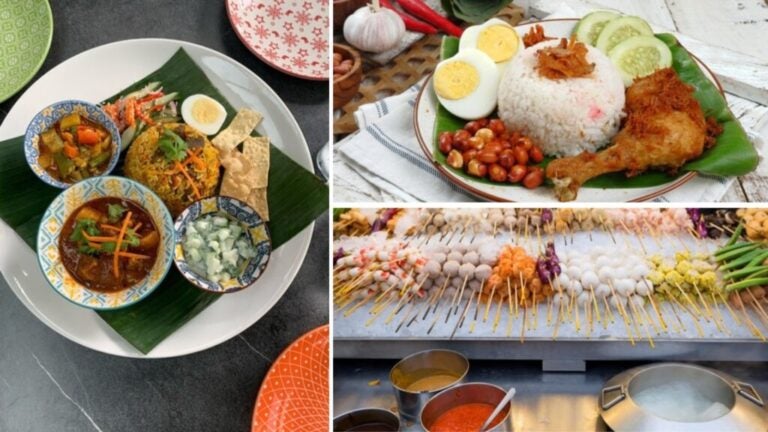
Supermarkets like Tesco, Giant and Jaya Grocer offer low prices for local products. Imported goods (cheese, wine, gourmet foods) are pricier. Balancing both is key to saving money.
| Product | Tesco | Giant | Jaya Grocer |
|---|---|---|---|
| Milk (1 litre) | $1.20 (€1.10) | $1.30 (€1.20) | $1.50 (€1.40) |
| Eggs (12 units) | $2.20 (€2.05) | $2.00 (€1.85) | $2.50 (€2.30) |
| Rice (1 kg) | $1.00 (€0.93) | $1.10 (€1.00) | $1.20 (€1.10) |
| Chicken (1 kg) | $3.50 (€3.25) | $3.80 (€3.50) | $4.20 (€3.90) |
| Beef (1 kg) | $8.00 (€7.40) | $8.50 (€7.90) | $9.20 (€8.50) |
| Apples (1 kg) | $2.50 (€2.30) | $2.70 (€2.50) | $3.00 (€2.80) |
| Bread (500 g) | $1.80 (€1.65) | $2.00 (€1.85) | $2.20 (€2.05) |
| Coffee (250 g) | $4.00 (€3.70) | $4.20 (€3.90) | $4.50 (€4.20) |
Food prices in Malaysian supermarkets
On average, cooking at home costs $150–250 (≈€140–230) monthly per person. Eating street food and local restaurants reduces expenses further.
Cost of living in Malaysia: Transport budget
Transport is another reason Malaysia’s cost of living is so attractive. Cities like Kuala Lumpur, Penang and Johor Bahru combine metro, buses, taxis and Grab, the most popular app.
Kuala Lumpur’s metro links suburbs with the centre efficiently. In Penang, Rapid Penang buses are common. Johor Bahru residents often combine local transport with Singapore border commutes.
| Category | Kuala Lumpur | Penang | Johor Bahru |
|---|---|---|---|
| Single ticket (metro/bus) | $0.60 (€0.55) | $0.50 (€0.45) | $0.60 (€0.55) |
| Monthly transport pass | $30 (€28) | $25 (€23) | $28 (€26) |
| Taxi (initial fare) | $1.20 (€1.10) | $1.00 (€0.93) | $1.10 (€1.00) |
| Taxi per km | $0.60 (€0.55) | $0.50 (€0.45) | $0.55 (€0.50) |
| Grab short ride | $2–3 (≈€1.90–2.80) | $1.50–2.50 (≈€1.40–2.30) | $2–3 (≈€1.90–2.80) |
| Petrol (1 litre): | $0.50 (€0.46) | $0.50 (€0.46) | $0.50 (€0.46) |
Transport price comparison in Malaysian cities
Public transport users spend $25–40 (≈€23–37) monthly. Even adding Grab rides, costs remain far below Western countries.
Motorbike rentals cost $80–100 (≈€75–93) monthly, with very cheap petrol. Car rentals for road trips are also affordable. For details, read our guide about driving in Malaysia.
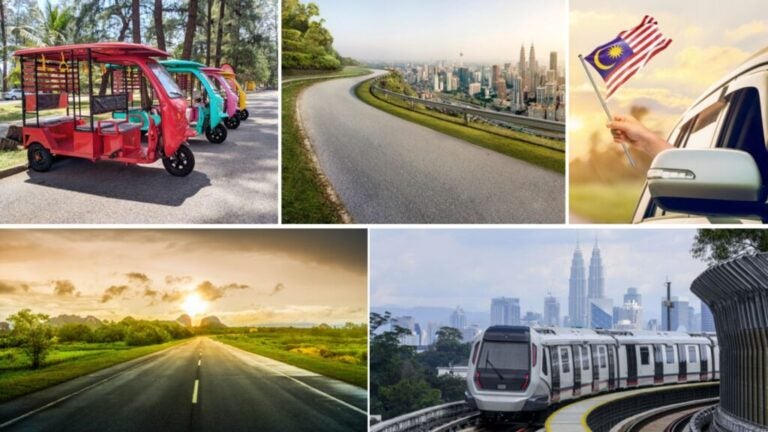
Healthcare in Malaysia: Prices and system quality
Malaysia’s healthcare system ranks among Southeast Asia’s best, both public and private. Care is high quality and much cheaper than Europe or the US, attracting many medical tourists.
Public hospitals are very cheap but usually targeted at locals, with long waits. Expats often choose private clinics, which are faster and affordable:
- General consultation (private clinic): $15–25 (≈€14–23)
- Specialist consultation: $30–50 (≈€28–46)
- Dental cleaning: $25–40 (≈€23–37)
- Private health insurance: from $40 (≈€37) monthly
- Common medicines: $3–10 (≈€2.80–9.30)
- Minor surgeries: $1,500–2,500 (≈€1,390–2,320)
Hospitals like Gleneagles and Prince Court Medical Centre in Kuala Lumpur meet international standards. Penang and Johor Bahru also provide quality private clinics.
In summary, healthcare costs in Malaysia are low compared with developed countries. Still, having health insurance is highly recommended to avoid unexpected expenses.
Connectivity in Malaysia: Internet, mobile and eSIM
Connectivity is another strength in Malaysia’s cost of living: the country offers reliable 4G coverage and expanding 5G networks in Kuala Lumpur and Penang.
Fixed internet is cheap and fast. Fibre plans of 100 Mbps cost $25–35 (≈€23–32). Premium packages of 300 Mbps–1 Gbps range $40–55 (≈€37–51), often including cable TV.
Mobile internet from operators like Celcom, Digi, Maxis and U Mobile is very affordable. A 20 GB prepaid package costs around $10 (≈€9). Unlimited plans with calls and SMS cost $20–30 (≈€18–28).
Free WiFi is available in cafés, libraries and universities. Still, constant and secure use is best with mobile plans or an active eSIM.
Overall, connectivity in Malaysia is reliable, fast and cheap. A monthly $20–40 (≈€18–37) is enough to stay connected.
Holafly: Best way to get internet in Malaysia
For short-term travellers, the Holafly eSIM for Malaysia provides unlimited data upon arrival. Installation takes minutes, enabling calls, maps and social media without WiFi hunting.
Holafly also offers monthly unlimited data plans. These are perfect for digital nomads, students and long-term visitors. And if you want to cancel, no problem. Holafly doesn’t apply any penalties at all.
The cost? Unlimited data for $64.90 monthly. Yearly subscription reduces it to $50.50. The same plan works in over 170 countries, keeping you connected while exploring Asia.
Important: If you are a frequent traveler and want to stay connected without worrying about expensive roaming or looking for a new SIM at every destination, Holafly’s subscription plans are for you. With a single eSIM, enjoy internet in more than 160 countries for a fixed price and no surprises on your bill. Travel without limits and connect easily and securely! 🚀🌍

Cost of living in Malaysia: Tourism, leisure and entertainment
Malaysia offers countless leisure options. Many activities are free or low-cost, while paid ones are cheaper than Western countries. Nature, culture and modern cities coexist, so reserve part of your budget for exploring.
In Kuala Lumpur, see the Petronas Towers outside, stroll through KLCC Park or visit the central market. In Penang, George Town’s UNESCO-listed streets offer free street art and colonial architecture. Langkawi’s beaches and Cameron Highlands’ trails are also highlights.
Paid attractions include:
- Petronas Towers observation deck: $20 (€18.50).
- Batu Caves (main temple): Free, side caves $2–3 (≈€2.70)
- Penang Hill funicular: $10 (€9.30).
- George Town food museum: $8 (€7.40).
- Langkawi SkyCab cable car: $15 (€14).
- Langkawi boat tours: $25–40 (≈€23–37)
- Sunway Lagoon theme park: $35 (€32).
On average, leisure costs $100–200 (≈€93–185) monthly per person, depending on activity frequency.
Malaysia strikes a perfect balance: cheap markets, temples and beaches, plus accessible exclusive experiences for travellers wanting more.
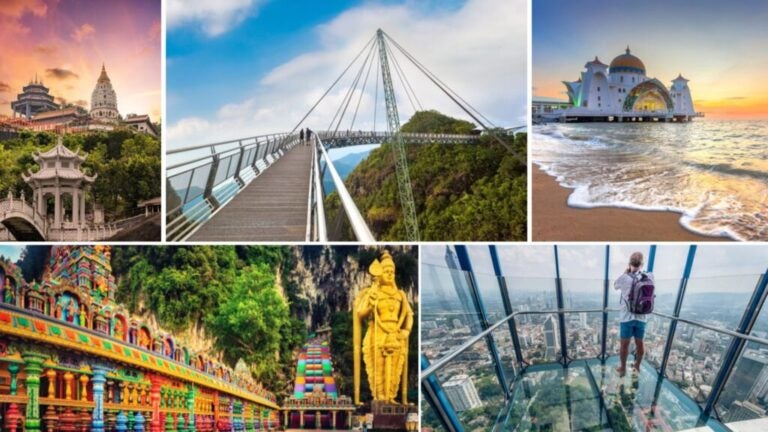
Conclusion: Is Malaysia’s cost of living worth it?
Absolutely. Malaysia’s low cost of living makes it one of Southeast Asia’s most attractive destinations. Prices are affordable, and service quality surprises many expats. Cities like Kuala Lumpur, Penang and Johor Bahru combine modern life with much lower costs than Singapore or Thailand.
Housing, food and transport remain very affordable compared with international standards. Healthcare and connectivity also stand out for their value. Leisure offers range from beaches and temples to urban attractions, all at reasonable prices.
Whether as a student, digital nomad or traveller, Malaysia delivers quality of life, cultural diversity and moderate costs, making it a highly competitive destination for exploring Asia without overspending.





 Language
Language 


















 No results found
No results found


